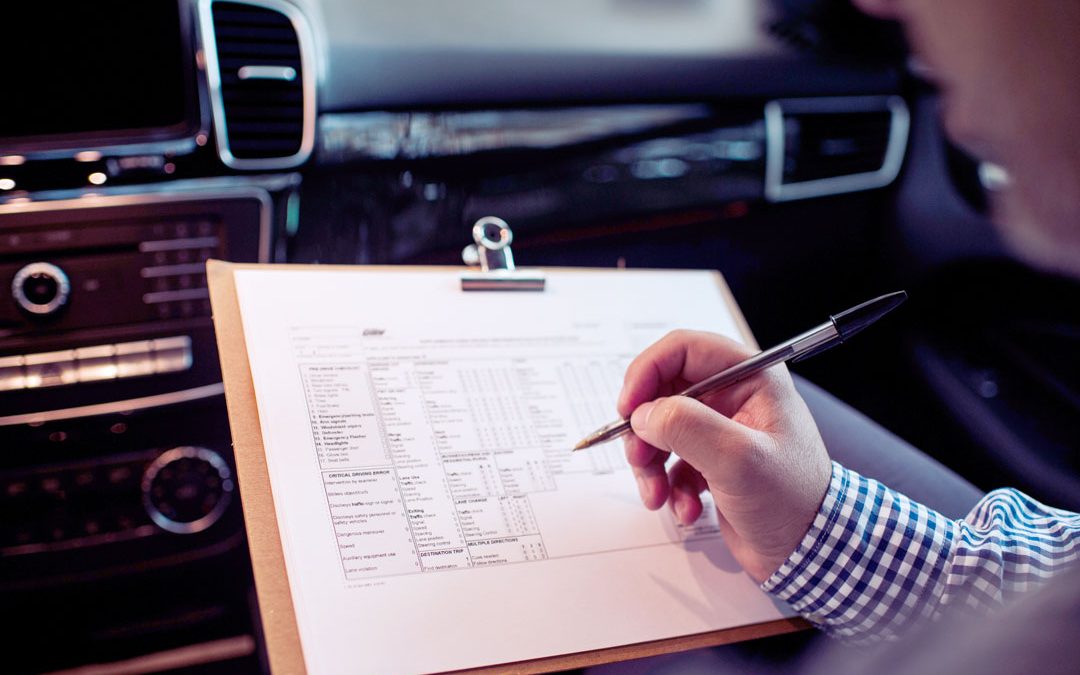
New manoeuvres! The military will help to bring test wait times down
Military Mobilised to Help Learners
Driving test wait times have been very high since the covid lockdowns of 2020, They have been coming down, but the average wait time was 21.8 weeks at the end of June this year, which is still too long. Yesterday the government announced that they are taking drastic steps to reduce the wait time whilst still keeping the test as rigorous as it needs to be to make sure the roads are safe. Read the press release here.
Military Examiners
Military driving examiners that would usually be testing service personnel to drive everything from a car to an armoured carrier, are going to be testing learners for one day a week. This won’t have a negative impact on the Ministry of Defence and should deliver 6,500 more tests to learners to tackle the backlog. These will be based at driving test centres near to their MoD base or home location.
Alongside this boost in available tests the government has also bought in new rules to ensure unfair booking practices end and the wait times aren’t kept artificially high.
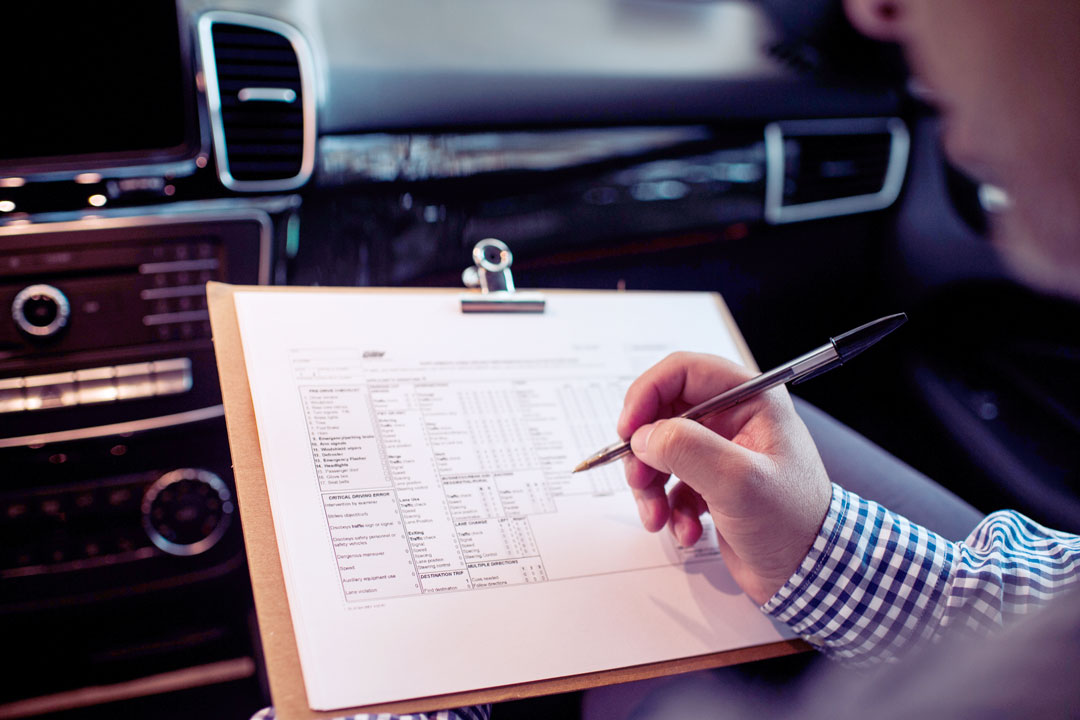
New Rules
These new rules are:
- Learner drivers will only be able to make up to 2 changes to the driving test in total – including moves, swaps and location changes – before it must be cancelled and rebooked.
- learner drivers will be restricted to a limited number of test centres, which are located close to the original booking.
- only learner drivers will be able to book their own test and not instructors on their behalf.
Limiting who can book tests will stop reselling at inflated prices, not only stopping an artificially high wait time being created, but also ensuring learners only pay the test fee (£62 on weekdays and £75 on weekends, evenings and bank holidays). This should stop resellers block booking and creating a problem.
We’d love to see more driving test slots – it’s great to see our learners pass their test.
If you’re ready to learn to drive we’d love to teach you!
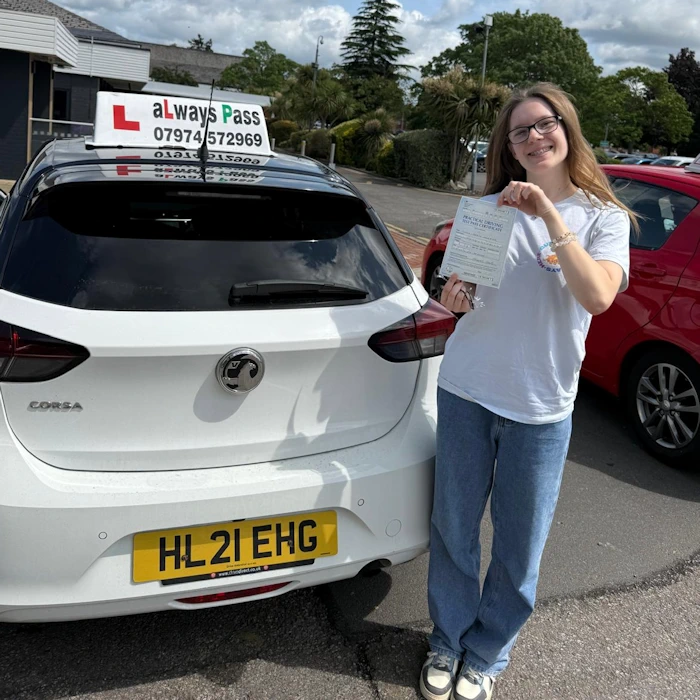
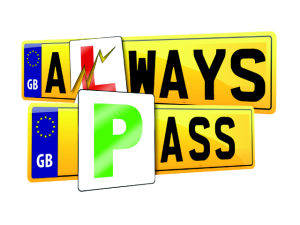
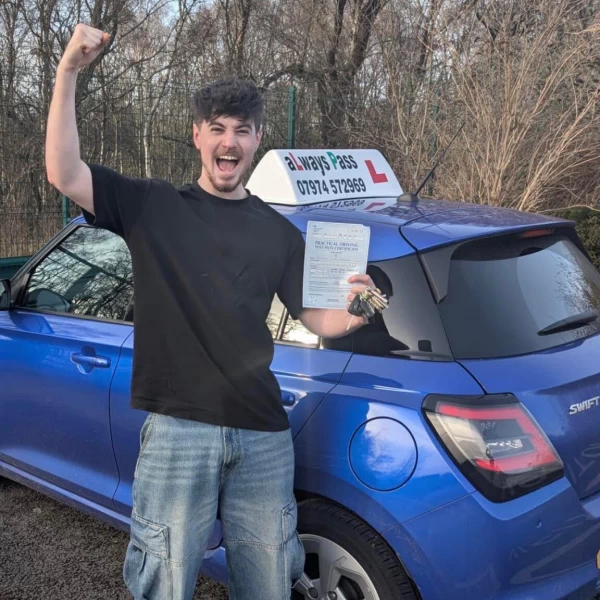
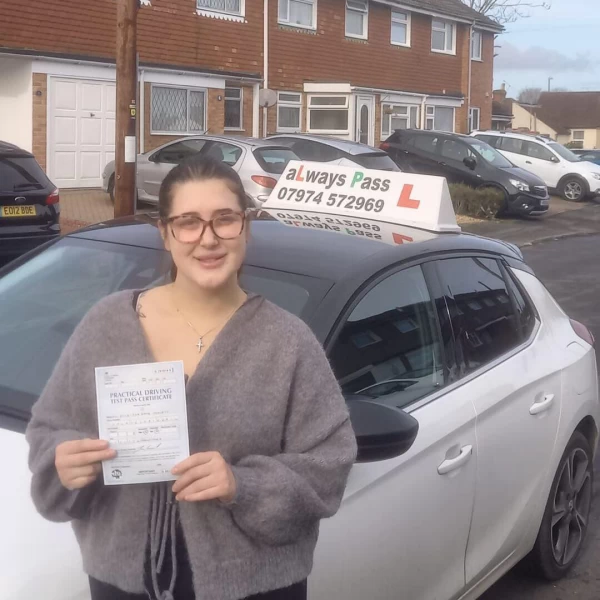
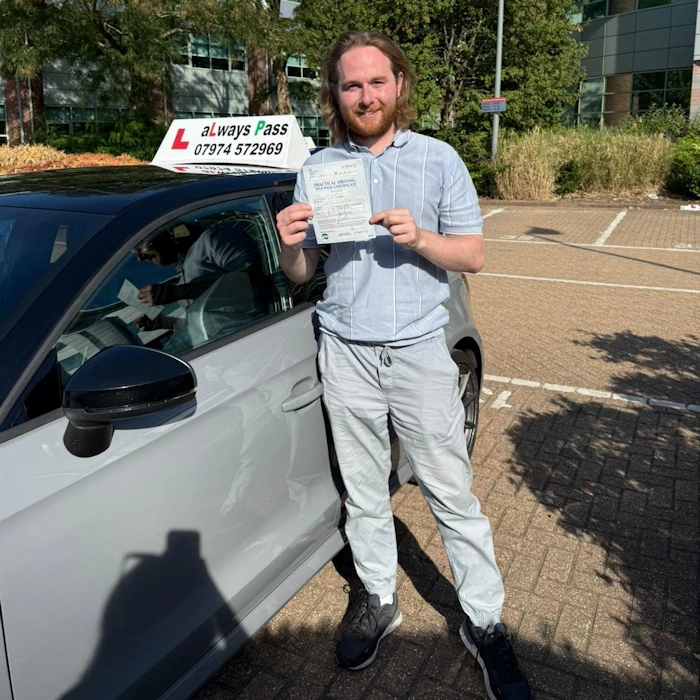
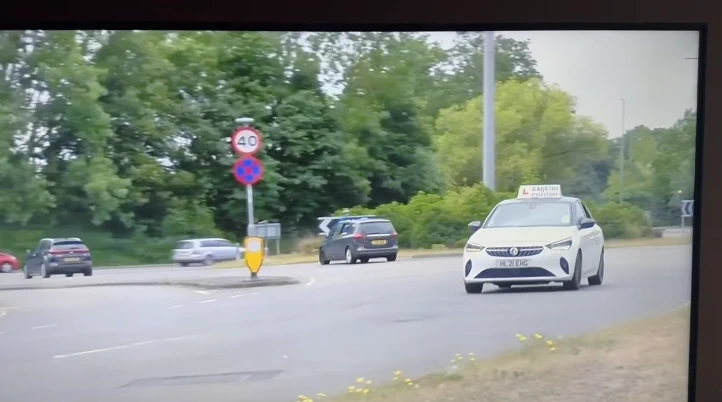
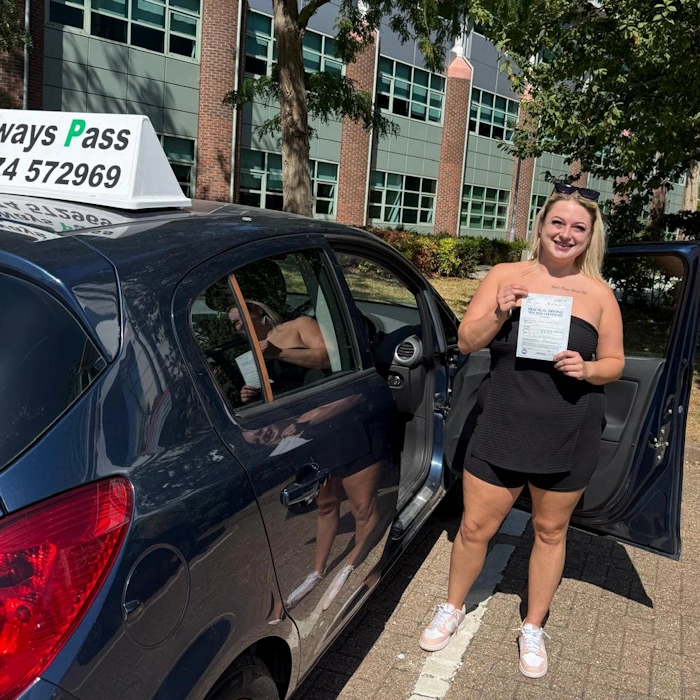
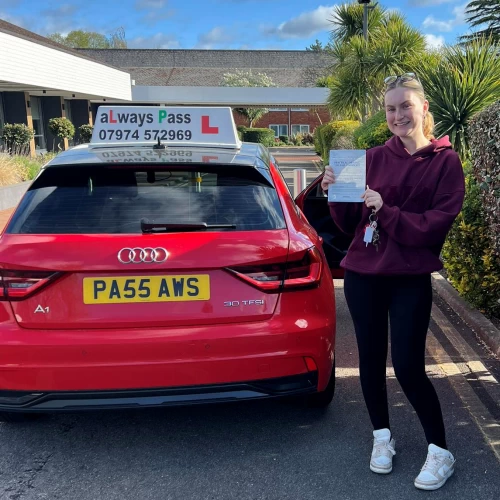
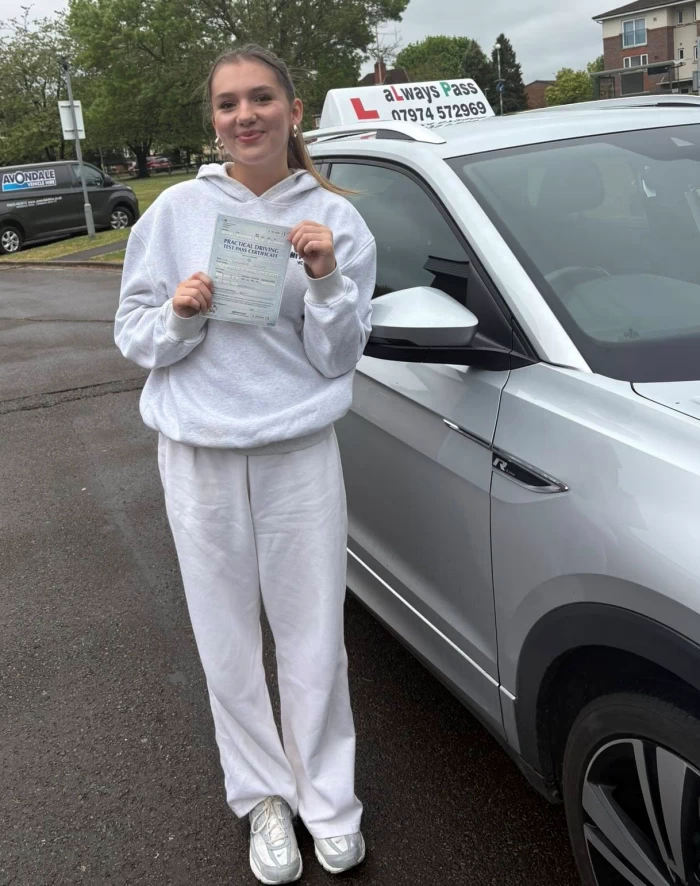
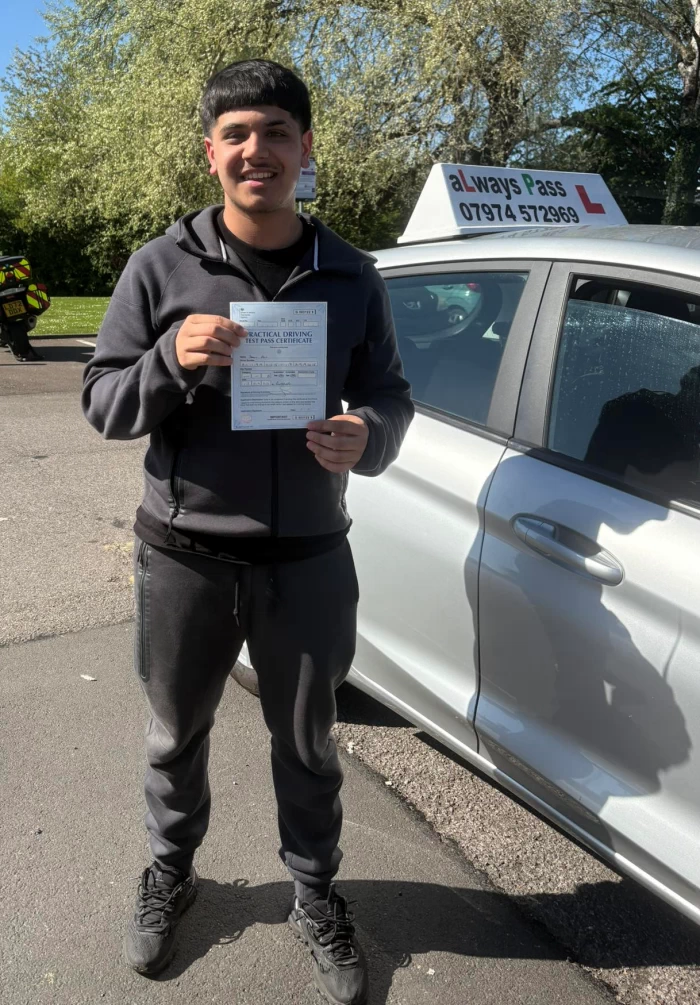
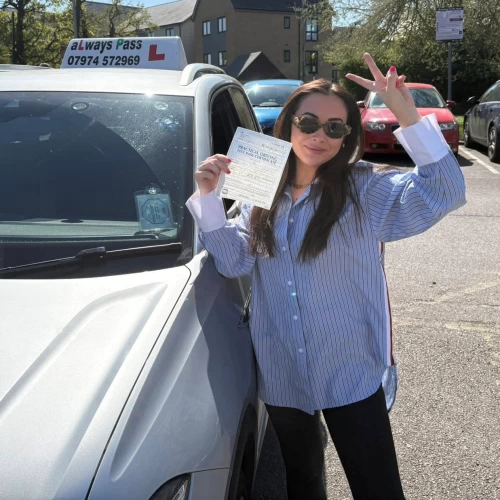
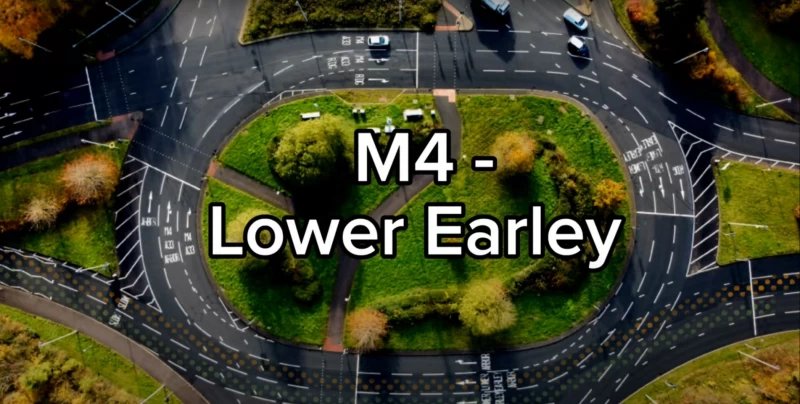
Recent Comments